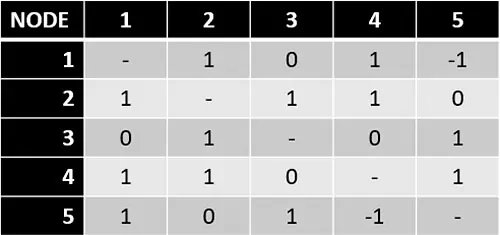As a professional engineer, you would have worked long and hard to achieve your engineering license. After years of study and after passing both your FE and PE exams, you now have the career that you have been striving towards. But what happens after you have passed your PE exam? Once you can call yourself a professional engineer, it will be essential that you understand how to maintain your engineering license. In this article, we will cover everything you need to know about the professional engineering license maintenance and renewal process.
Earning a PE license is just the beginning. Many state licensing boards require that professional engineers maintain and improve their skills through continuing education courses and other opportunities for professional development.
If you are a licensed engineer anywhere in the United States, you must understand how your state handles continuing education, as it’s likely to impact your license renewal process. Proper renewals allow professionals to continue practicing engineering without interruption.
Why You Need Continuing Education
[Read more…] about How to Maintain Your Professional Engineering License









